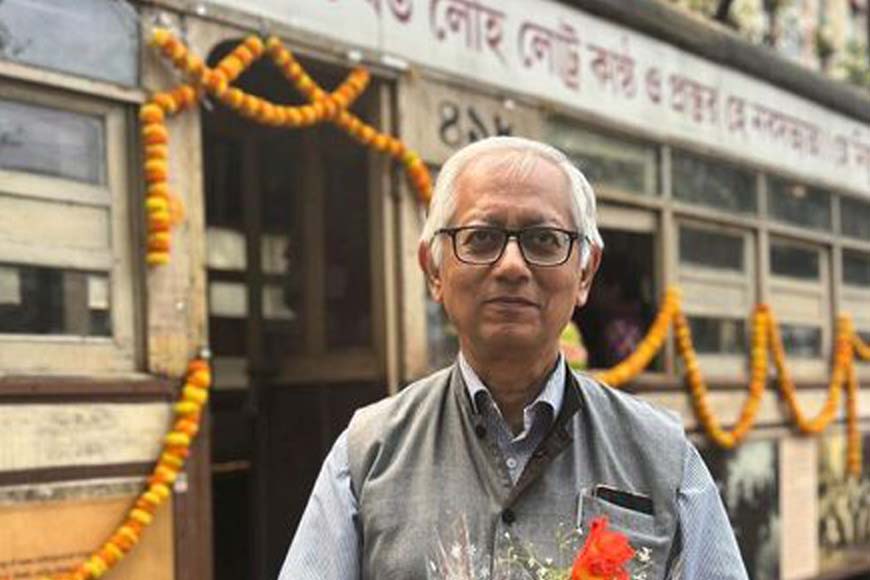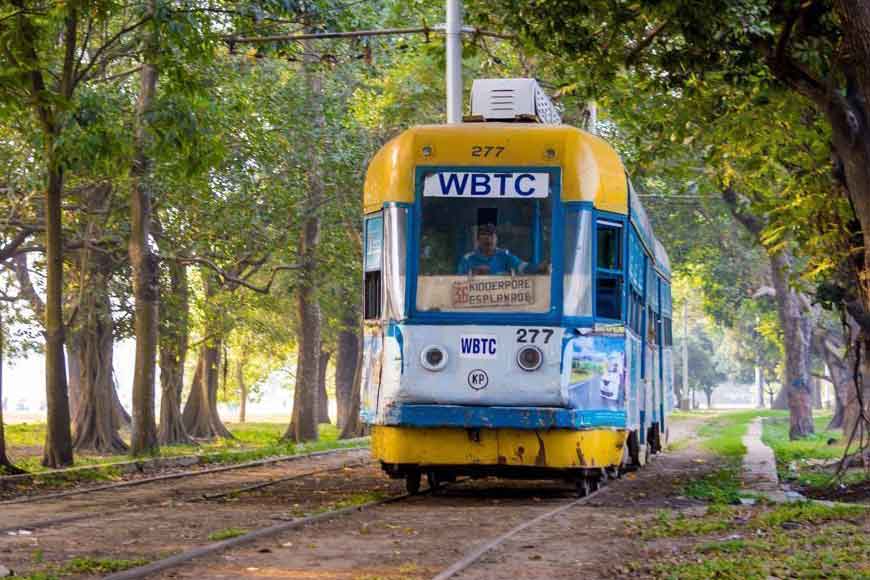Save Kolkata’s Trams- mission by a retired biochemist

The Calcutta Tram Users Association (CTUA), under the leadership of its president Mr. Debasish Bhattacharya, a retired scientist, has been steadfastly advocating for the preservation and revival of trams in Kolkata. Founded in the 1990s, the association emerged as a union of individuals united against the removal of trams from the city.
In an interview with GB, Bhattacharya highlighted the association's original goal, stating, “Our primary aim when we started almost 3 decades back was to bring back trams like old times, and restart manufacturing them.” He emphasised the numerous benefits of trams as a mode of transportation in Kolkata, particularly in combating the city's severe pollution levels, comparing them favourably to metros and buses.
The CTUA's dedication to preserving Kolkata's tram heritage underscores the importance of this mode of transport in the city's history and its potential role in addressing contemporary urban challenges.

Bhattacharya's advocacy for trams extends beyond their environmental benefits; he also emphasises their cost-effectiveness and efficiency compared to other forms of public transportation. Trams utilise existing infrastructure, eliminating the need for additional investments in new tram lines. They also have a higher passenger capacity than buses, offering a more efficient use of road space.
While acknowledging that trams may not be as fast as metros, Bhattacharya argues that their affordability makes them a viable and attractive option for many commuters. He stresses the importance of government involvement in preserving tram services, particularly in the light of neglect during previous administrations.
Also read : Desmond Doig, the man captivated by Calcutta
In an attempt to save trams, during one of their countless campaigns, there was a consensus of 95% of people agreeing to bringing back trams. Bhattacharya has observed that the 5% who were unwilling were car owners who envisaged traffic problems. “But I have to cater to the majority of people.” He explained truthfully and rightfully. CTUA has organised many campaigns and meetings, raising awareness about trams and their benefits and how protests are important to improve the state of trams in Kolkata. It is never a violent protest. Violence is not the answer according to Bhattacharya. It has to be done firmly and confidently.
The organisation is not just about the old members who are active. It is also the youngsters who are expanding the reach of CTUA by connecting the association to many international organisations for campaigning and support. “It would be wrong to say that trams are only for the old people for nostalgic purposes. The young generation is also realising the importance of trams and are working harder for their revival, especially keeping the environmental angle and climate change in mind.” In India, Kolkata is the only city with trams still running. Cities like Delhi, Mumbai, Chennai, etc. had extensive tram lines but during the 1960s and 1970s, they all went out of use. Not just India but even Colombo in Sri Lanka and Karachi in Pakistan also had trams.
This is in contrast to many other European cities who also faced a similar issue during the 1960s and 1970s. However, in the 1980s, trams were brought back in countries like Germany, Belgium, etc. Trams were renamed as light rail transit or LRT. The importance of LRT was not only realised by European countries but also by the US and Canada. Trams were brought back in London, Paris, etc. and even developing countries like Rio de Janeiro, Tunis, Manila etc., have realised the importance of trams and have started building tram lines. The trams are eco-friendly and cheap to build as compared to metro rails which require huge investments. Countries who cannot afford to go too much into debt have found trams to be beneficial. It seems as though many countries have realised the potential of trams and their benefits except India. Kolkata is the only city now in India to have running trams and they are becoming increasingly scarce. They have to be preserved.
Bhattacharya stresses on the importance of building schedules for the trams so that they may be accessible to many more people with much ease. Trams have irregular timing now and making sure that it has regular timings is crucial to preserve them. There are many international associations who work for preserving trams and even have museums for trams and their history. India’s tram history can be traced to the late 1800s, with horse-drawn carriages. This was later run on electricity when it first came to India under the British Raj and now even AC trams are there but they can be barely seen on the roads. Bhattacharya urges people to use trams as much as possible and be a part of this movement to not only preserve heritage but make use of cheap transportation for those who cannot afford metros or buses as well as be a positive contributor in making the world a greener place to live.
We can only hope that in the near future, Kolkata will see trams on several routes like before, plying on the meandering tram tracks criss-crossing our city of joy.











